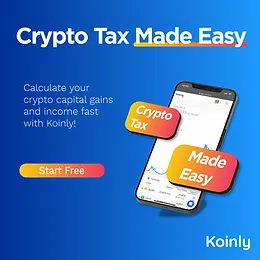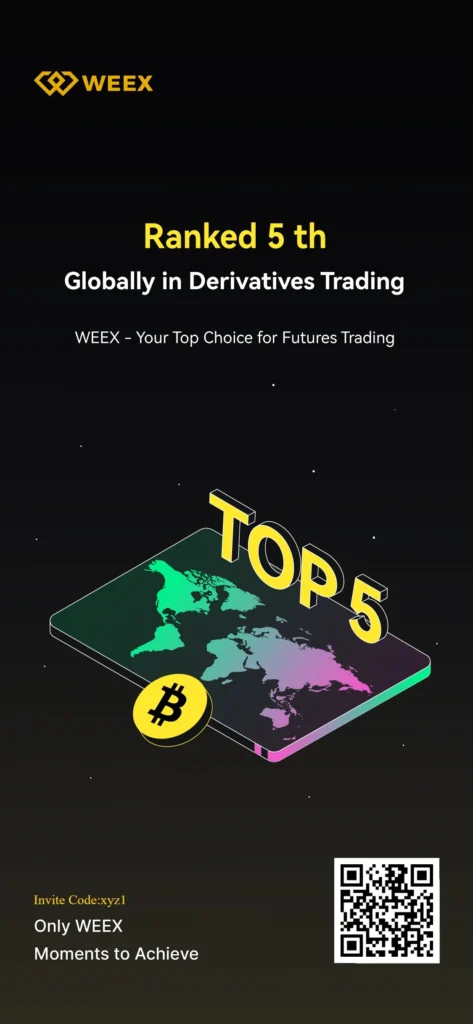

The rise of decentralized finance (DeFi) has redefined traditional financial systems, enabling users to access financial services without intermediaries. However, DeFi’s rapid growth has exposed the limitations of Layer 1 blockchains, such as Ethereum, including high gas fees and network congestion. Enter Layer 2 solutions—scaling technologies that promise to address these challenges and usher in a new era of DeFi.
As we look toward 2025, let’s explore how Layer 2 networks are transforming DeFi, making it faster, cheaper, and more accessible to users worldwide.
What Is Layer 2 (L2), and Why Does It Matter for DeFi?
Layer 2 refers to scaling solutions built atop Layer 1 blockchains like Ethereum. These networks process transactions off-chain, reducing congestion and lowering costs while maintaining the security and decentralization of the main blockchain.
For DeFi, L2 solutions are a game-changer. By alleviating scalability bottlenecks, they enable seamless transactions, allowing DeFi applications to scale without burdening users with exorbitant fees.
How Layer 2 Is Revolutionizing DeFi
1. Faster Transactions
DeFi relies on speed, whether for executing trades, providing liquidity, or minting NFTs. L2 solutions like zkSync and Optimism enable near-instant transaction finality by processing transactions off-chain and batching them for on-chain settlement.
Imagine swapping tokens or adding liquidity to a pool without the frustrating wait times associated with Layer 1 networks. Layer 2 makes this a reality.
2. Lower Costs
High gas fees have been a significant barrier to DeFi adoption, especially for small-scale users. Layer 2 networks significantly reduce transaction fees, democratizing access to DeFi.
For instance, transferring stablecoins or executing smart contracts on Layer 2 costs a fraction of what it does on Layer 1, making DeFi more accessible to users in emerging markets.
3. Enhanced Accessibility
With lower fees and faster transactions, Layer 2 networks are broadening DeFi’s reach. Users who were previously priced out of DeFi platforms can now participate, fostering greater financial inclusion.
Layer 2 solutions also pave the way for more intuitive user interfaces, enabling seamless onboarding for newcomers.
Key Layer 2 Projects Driving DeFi Innovation
Arbitrum
Arbitrum is one of the leading Layer 2 solutions for Ethereum, leveraging optimistic rollups to scale DeFi applications. Its compatibility with Ethereum’s ecosystem has made it a preferred choice for major DeFi projects like Uniswap and SushiSwap.
Polygon
Polygon’s multi-chain approach supports various scaling solutions, from Plasma chains to zk-rollups. Its versatility and robust ecosystem have attracted DeFi heavyweights like Aave and Curve Finance.
zkSync
zkSync stands out with its use of zero-knowledge rollups, ensuring faster transactions with minimal fees while maintaining high security. Its focus on privacy and scalability makes it ideal for DeFi platforms aiming for mass adoption.
The Road Ahead: DeFi in 2025
1. Seamless Cross-Chain Interoperability
Layer 2 networks are driving innovation in cross-chain communication, allowing assets and data to move freely across multiple blockchains. This interoperability will create a more unified DeFi ecosystem, reducing fragmentation and enhancing user experience.
2. Expansion of DeFi Use Cases
With the scalability provided by L2 solutions, new DeFi use cases will emerge, including real-time payment systems, decentralized insurance, and tokenized real-world assets.
3. Greater Institutional Adoption
Lower costs and improved scalability will attract institutional players to DeFi, bringing increased liquidity and credibility to the space. L2 solutions will play a pivotal role in meeting the demands of these large-scale participants.
Conclusion: A Scalable Future for DeFi
As we approach 2025, Layer 2 solutions are proving to be the backbone of DeFi’s evolution. By addressing the critical challenges of speed, cost, and accessibility, L2 networks are democratizing decentralized finance and unlocking its full potential.
With innovations on the horizon and adoption steadily growing, the future of DeFi looks scalable, inclusive, and unstoppable.
FAQs
1. What is the main role of Layer 2 in DeFi?
Layer 2 solutions enhance DeFi by enabling faster and cheaper transactions. They reduce network congestion on Layer 1 blockchains while maintaining security and decentralization, making DeFi more accessible and efficient.
2. Which Layer 2 networks are popular in DeFi?
Some prominent L2 networks include Arbitrum, Polygon, zkSync, and Optimism. DeFi platforms widely adopt These projects for their scalability and cost-saving benefits.
3. How will Layer 2 shape the future of DeFi?
L2 networks will drive greater adoption of DeFi by lowering costs, improving transaction speeds, and enabling new use cases. They will also facilitate cross-chain interoperability and attract institutional players to the ecosystem.



